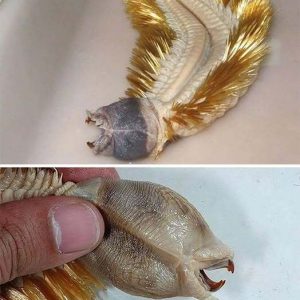John (Tom) Fisher began noticing a faint sour smell in his suburban home, initially dismissing it as something like spoiled food. Despite his efforts to clean and ventilate the space, the odor returned—and grew steadily worse. Soon it transformed into a full-blown rotting stench that invaded every room, clinging to his clothes and even appearing in his dreams.
The persistent smell led him to explore the HVAC vents, where the scent seemed more concentrated. When he opened one vent cover, a wave of decay hit him — inside the duct or insulation he glimpsed a dark form shifting. The implication: the odor was only the tip of the iceberg. Whatever was hidden behind the walls or within the ventilation system was far more serious than a forgotten piece of food or a simple cleaning oversight.
According to indoor‐air-quality and odor-investigation sources, persistent malodors like this often point to hidden problems: dead animals, mold growth behind walls or in HVAC systems, sewer or plumbing leaks, or structural moisture damage. In particular, a smell of rot or decay is frequently associated with a carcass in a wall cavity or ductwork. And damp conditions combined with poor ventilation can allow mold to thrive unseen, releasing volatile compounds that trigger these smells.
Given the severity and spread of the odor, it’s clear that Tom’s issue warrants professional investigation rather than just DIY attempts at airing the house out. He should consider having HVAC ducts inspected, vent systems cleaned, wall cavities or crawl‐spaces checked for pests or decomposing organic material, and moisture intrusions evaluated. Ignoring the problem could mean risking property damage or health issues, since these types of hidden sources often worsen over time and can affect indoor air quality.

